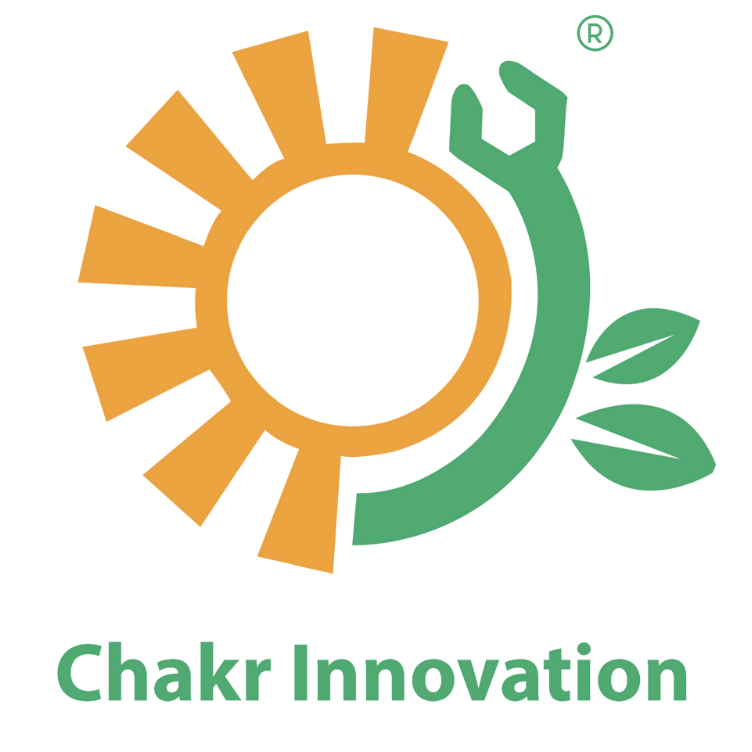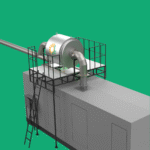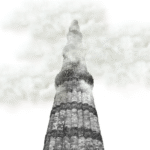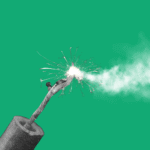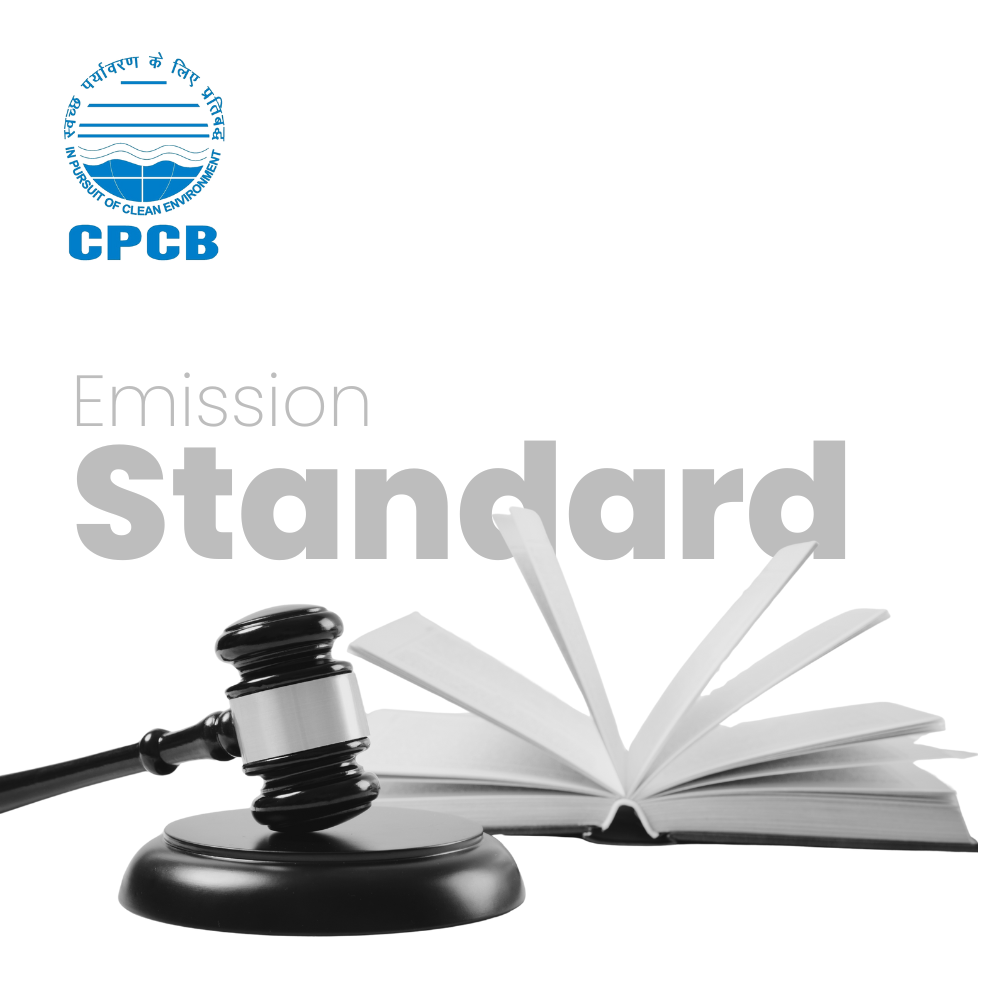
Navigating CPCB’s New DG Set Emission Standards: A Practical Guide to Retrofit Solutions
India’s rapid industrial growth has led to widespread use of diesel generator (DG) sets, essential for ensuring power supply continuity across industries, commercial establishments, and residential complexes. However, these DG sets contribute significantly to air pollution, particularly particulate matter (PM), nitrogen oxides (NOx), and other harmful emissions. Recognizing the critical need for environmental responsibility, the Central Pollution Control Board (CPCB) has enforced stringent emission standards for DG sets to mitigate the adverse impact of industrial emissions on public health and the environment.
For businesses operating DG sets, especially in compliance-heavy sectors, retrofitting existing systems to meet these new emission standards is now a regulatory necessity. This blog explores the latest updates on CPCB’s DG set emission standards, the implications for industries, and the role of retrofit emission devices like Chakr Shield in ensuring compliance.
Understanding CPCB’s DG Set Emission Standards
The CPCB has introduced a set of robust DG set emission standards to regulate emissions from power-generating units across the country. As part of India’s National Clean Air Programme (NCAP), these standards focus on minimizing the environmental impact of DG sets, which are widely used in both urban and rural areas for backup power generation.
The CPCB DG set emission standards specifically target:
- Particulate Matter (PM): A leading cause of air pollution, especially in areas where DG sets are used extensively.
- Nitrogen Oxides (NOx): A major contributor to ground-level ozone and smog.
- Hydrocarbons (HC) and Carbon Monoxide (CO): These emissions are harmful to both the environment and human health.
The latest guidelines mandate compliance with emissions limits for DG sets in various sectors, including manufacturing, healthcare, IT, and hospitality. These norms are now enforced across a wide kVA range (up to 800 kW), pushing industries to retrofit their old DG sets or purchase newer, cleaner models that meet the stipulated requirements.
The CPCB for DG set manufacturers requires companies to produce cleaner, more fuel-efficient generators that align with these stringent standards. For manufacturers and industries alike, staying compliant means investing in emission-control technologies.
State-Specific Regulations and Retrofitting DG Sets
Several Indian states, including Delhi, Maharashtra, and Tamil Nadu, have introduced additional regulations to control air quality and reduce industrial pollution. The Commission for Air Quality Management (CAQM) has issued guidelines specific to the National Capital Region (NCR) that regulate the operation of DG sets, particularly during periods of high pollution (e.g., during the Graded Response Action Plan – GRAP).
These directives have made it clear that DG sets must meet CPCB’s emission norms for long-term use, and industries in these regions are now required to retrofit their existing DG sets to ensure compliance. The CPCB emission norms for DG sets are now applied to various kVA ranges, including smaller commercial units and large industrial generators, leading to an immediate demand for retrofitting services.
The CPCB DG set emission standards are a turning point for industries reliant on diesel generators. Retrofitting involves upgrading existing DG sets with advanced technologies like Diesel Particulate Filters (DPF), Catalytic Converters, and smart emission control systems. This not only helps businesses comply with regulatory requirements but also leads to enhanced operational efficiency and lower emissions.
The Impact of Retrofitting: Benefits for Industries
For industries operating DG sets, retrofitting brings multiple advantages. While the process requires initial investment, it leads to long-term financial and environmental benefits, such as:
- Compliance with Legal Norms: Retrofitting ensures that businesses comply with CPCB’s DG set emission standards, avoiding hefty fines and regulatory penalties.
- Improved Air Quality: Retrofitted DG sets significantly reduce harmful emissions, contributing to cleaner air, which is critical for public health, especially in urban areas.
- Operational Cost Savings: With modern emission-control technologies, DG sets run more efficiently, lowering fuel consumption and maintenance costs over time.
- Enhanced Corporate Responsibility: Retrofitting shows a company’s commitment to environmental sustainability and corporate social responsibility (CSR), an important factor in today’s eco-conscious business landscape.
By adopting retrofit solutions, industries can not only adhere to the CPCB DG set emission standards but also make a valuable contribution to reducing India’s industrial carbon footprint.
The Role of Chakr Innovation in Retrofit Solutions
As the demand for clean energy solutions grows, Chakr Innovation stands out as a leader in providing innovative retrofit emission control devices. Chakr’s Chakr Shield, a retrofit emission device for DG sets, captures harmful particulate matter (PM) from emissions. This unique technology ensures that businesses meet CPCB emission norms for DG sets, without needing to replace their entire fleet of DG sets.
Chakr Innovation’s retrofit solution is particularly valuable for companies looking to avoid the high capital costs of purchasing new, compliant DG sets. By installing the Chakr Shield, businesses can retrofit their existing DG sets, making them compliant with CPCB DG set emission standards while also contributing to the circular economy.
Key Benefits of Retrofitting DG Sets with Chakr Shield
- Cost-Effective Compliance: Instead of investing in new DG sets, industries can retrofit existing units, making compliance more affordable and less disruptive.
- Cleaner Air: Chakr Shield helps reduce emissions, contributing to cleaner air, especially in urban industrial hubs.
- Seamless Integration: Chakr Shield can be easily integrated with existing DG sets, minimizing downtime during the retrofit process.
The Way Forward: Embracing Sustainability
As India continues to focus on reducing industrial emissions and improving air quality, businesses must recognize the importance of complying with the latest CPCB emission norms for DG sets. Retrofitting DG sets is not only a legal requirement but also a business opportunity to reduce costs, improve efficiency, and contribute to the nation’s sustainability goals.
For industries looking to retrofit their DG sets and comply with the latest CPCB DG set emission standards, the process is straightforward and cost-effective when leveraging advanced solutions like Chakr Shield. This step toward cleaner emissions is essential in India’s pursuit of a sustainable future.
Conclusion: Bridging Compliance and Innovation
In conclusion, retrofitting DG sets to meet CPCB’s new emission standards is a critical step toward reducing industrial pollution and improving public health. Chakr Innovation’s retrofit solutions provide a practical, cost-effective way for industries to comply with these standards. By embracing innovative technologies and cleaner solutions, companies can contribute to a greener, healthier future while adhering to regulatory requirements.
For more details on DG set retrofitting, emission standards, and the benefits of Chakr Shield, visit the official CPCB website: CPCB Guidelines for DG Sets.
